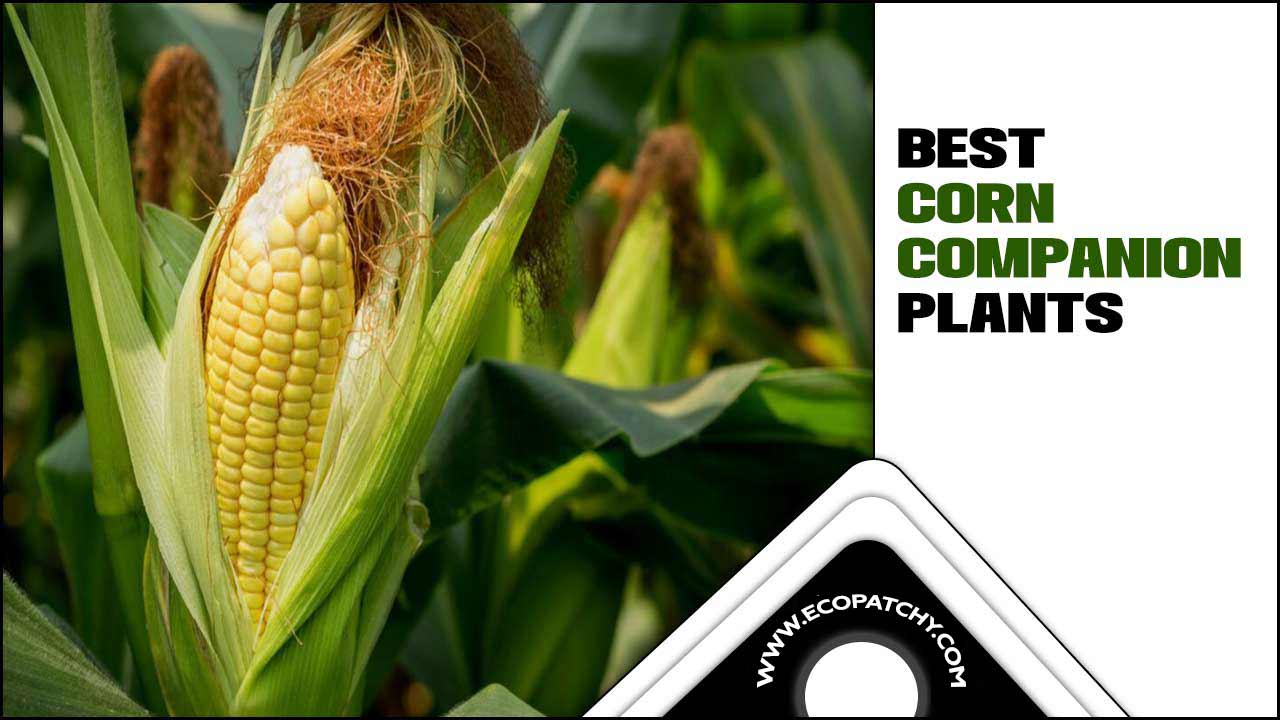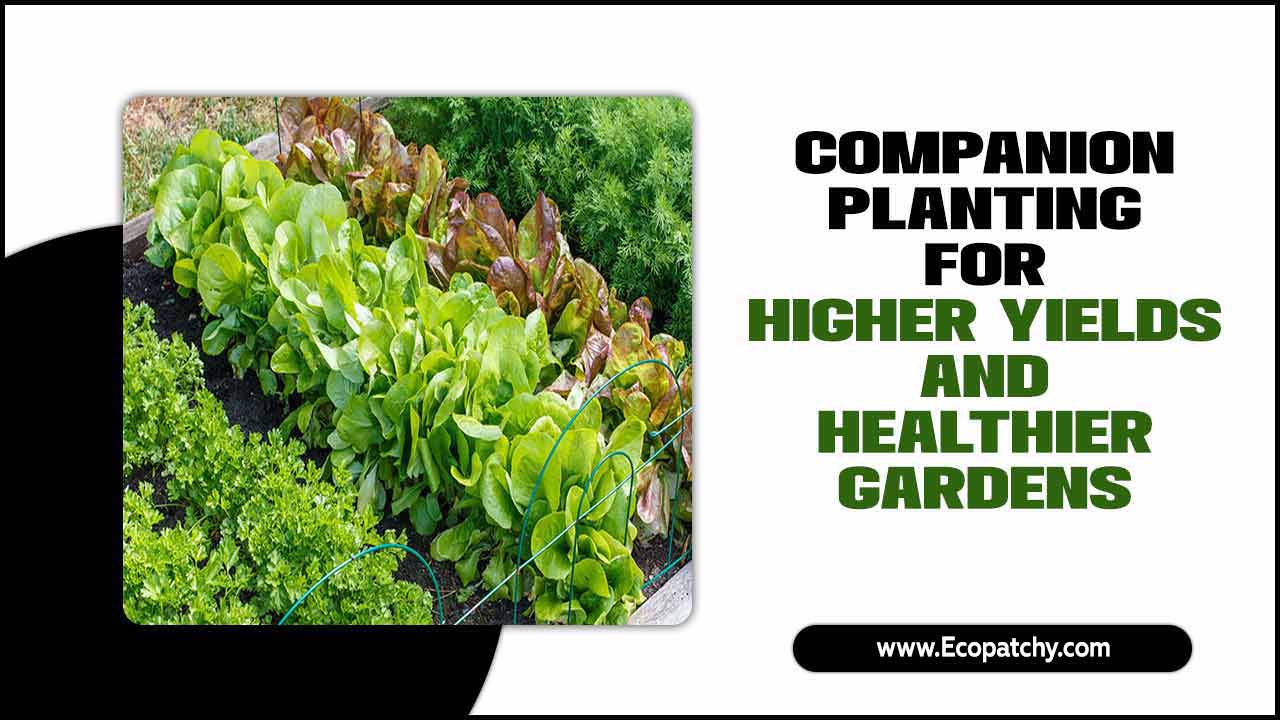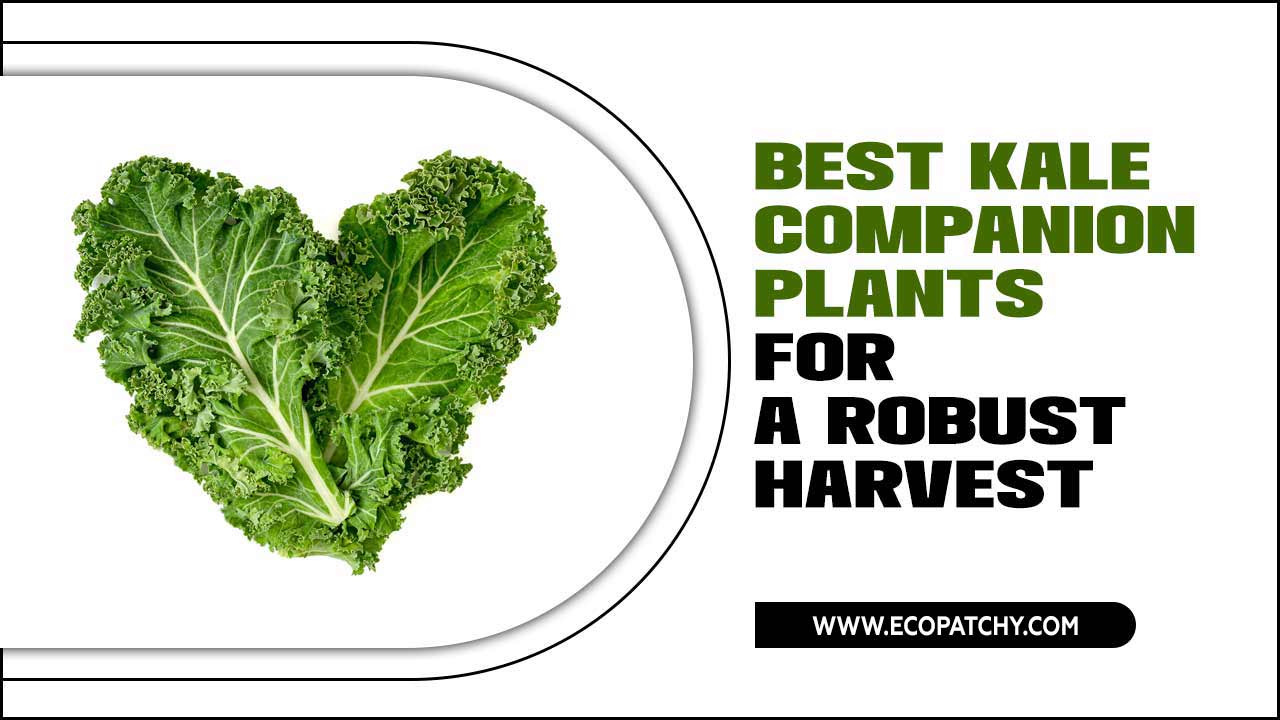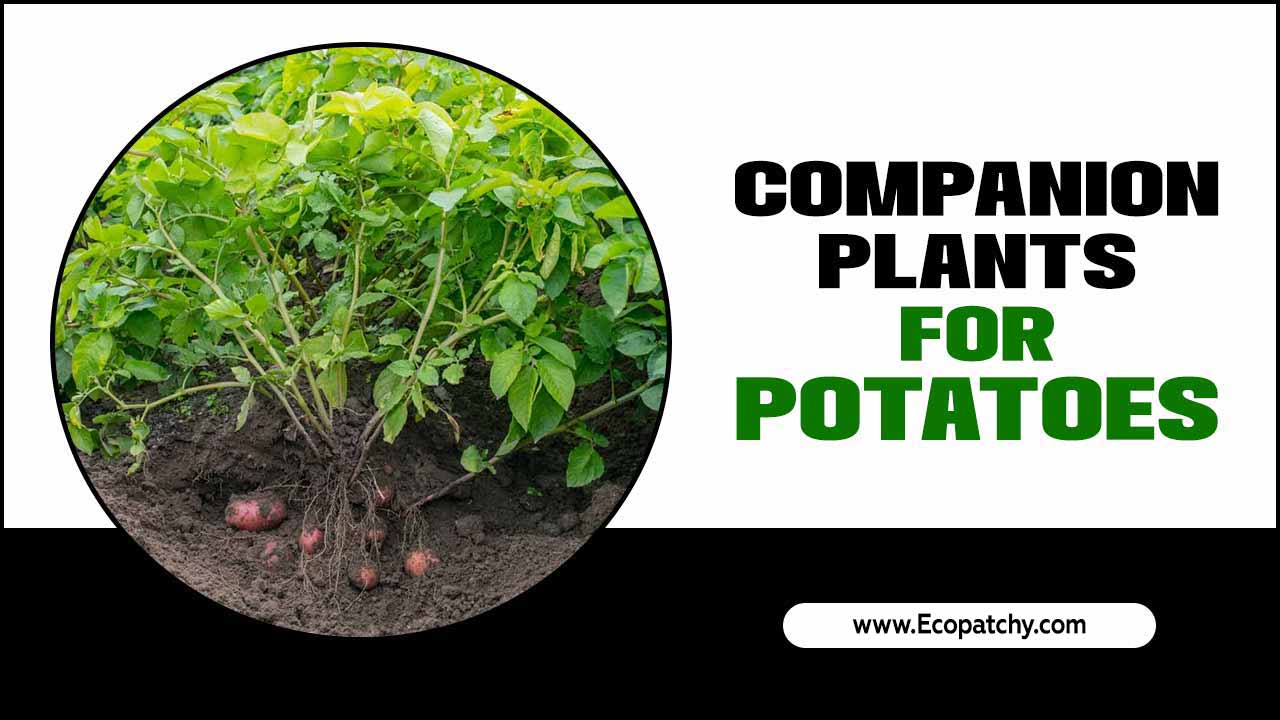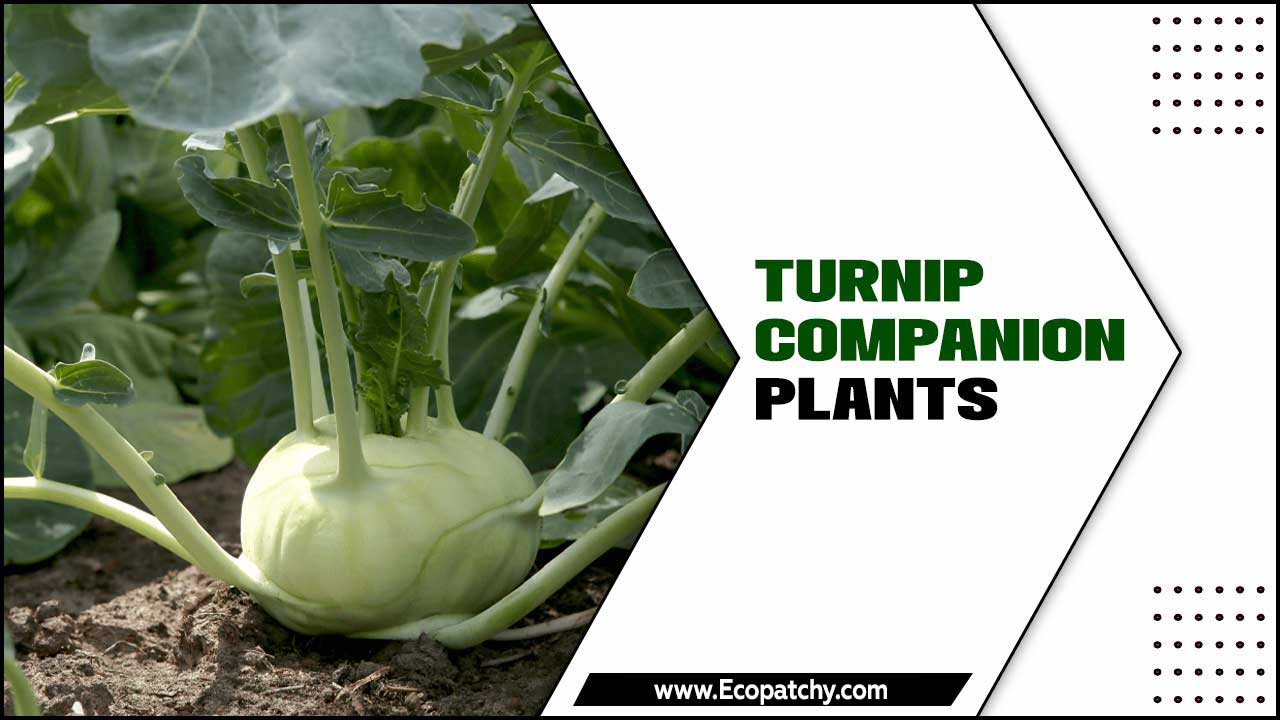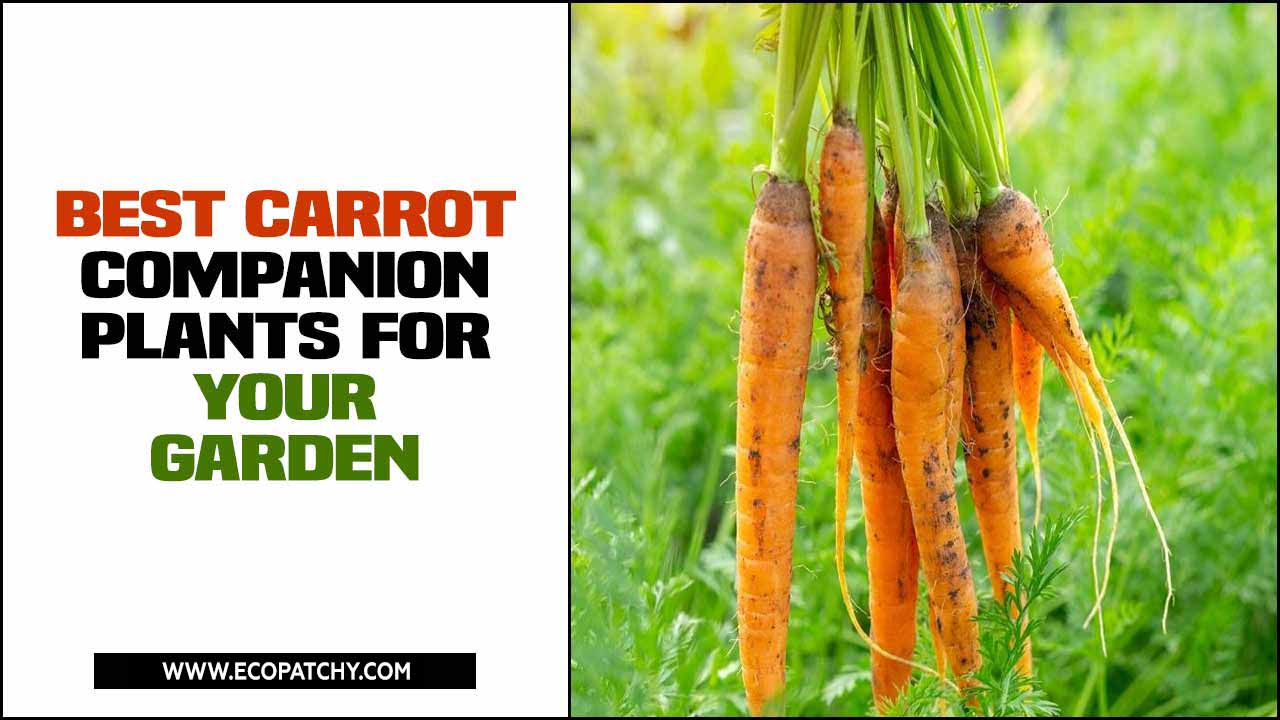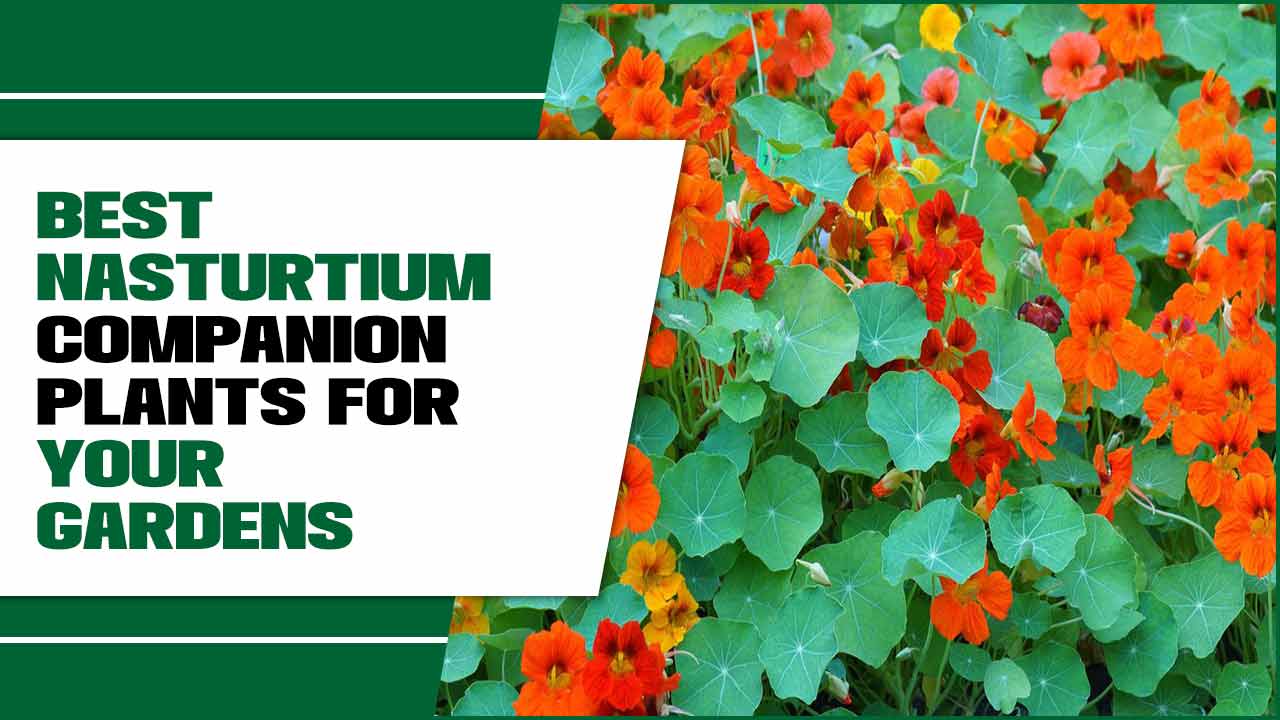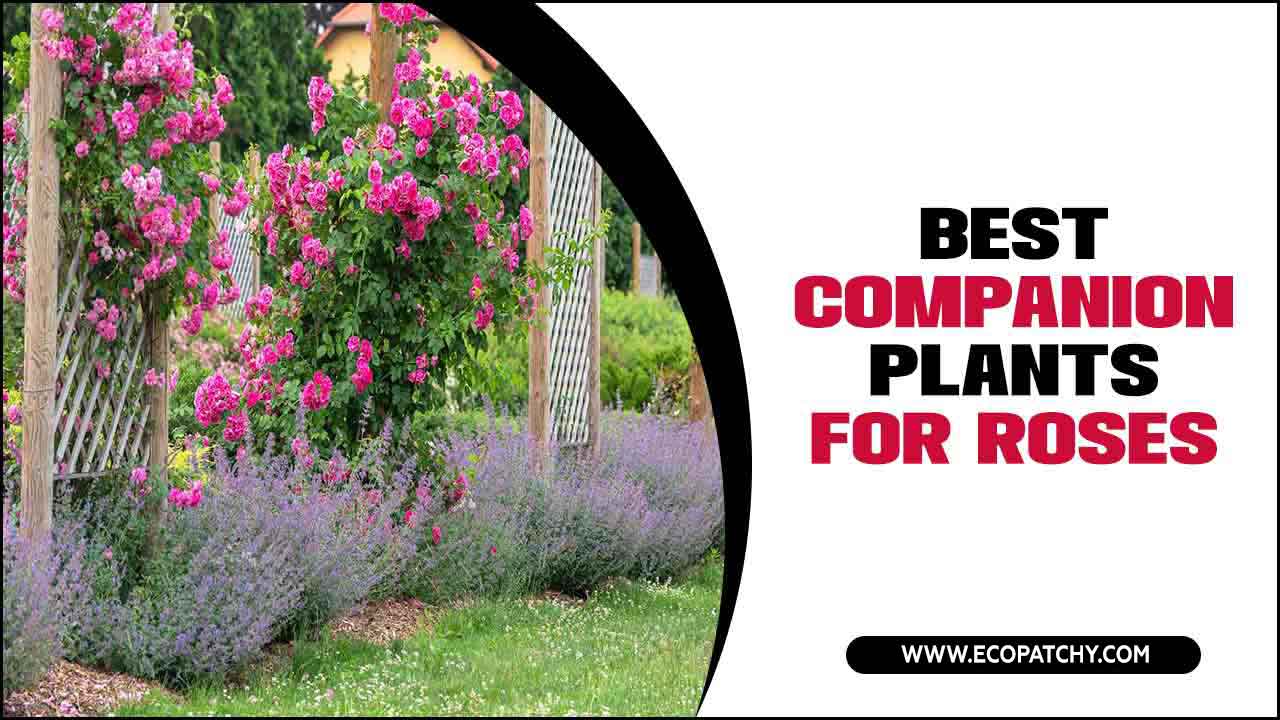Cabbage is a versatile and nutritious vegetable that has been a staple in many cuisines for centuries. Not only is it a great source of vitamins and minerals, but it also adds a delicious crunch and flavor to any meal.
However, growing cabbage can be a challenging task for many gardeners due to its susceptibility to pests and diseases. Fortunately, there is a solution – companion planting.
Here we will discuss the top 10 cabbage companion plants that will help your garden thrive. From onions to beans, we will examine how each plant benefits cabbage and why you should consider planting them together.
We will also discuss what not to plant with cabbage and the benefits of companion planting in general. So if you’re looking for ways to improve your garden’s health and productivity, read on to learn more about cabbage companion planting.
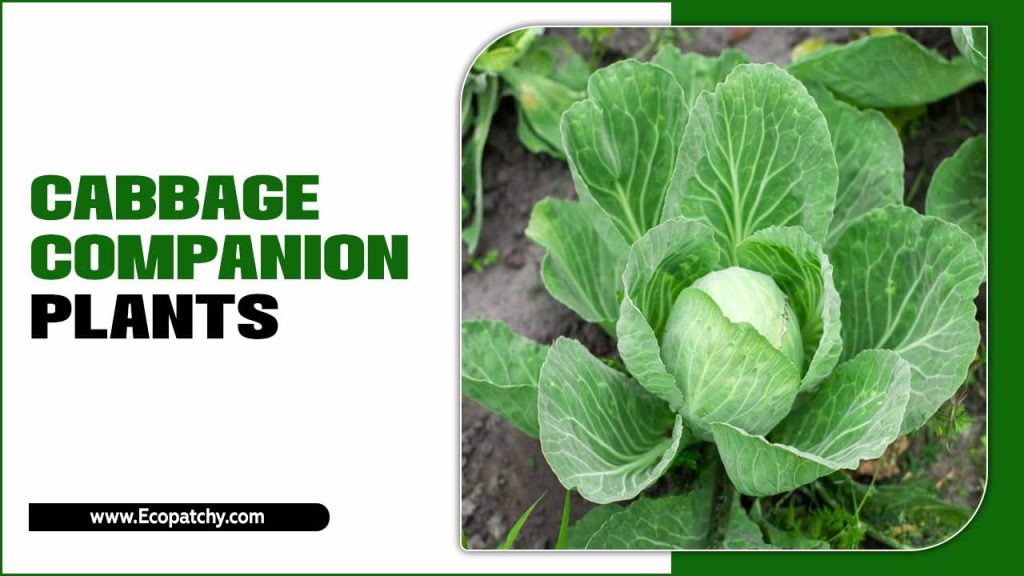
About Companion Planting With Cabbage
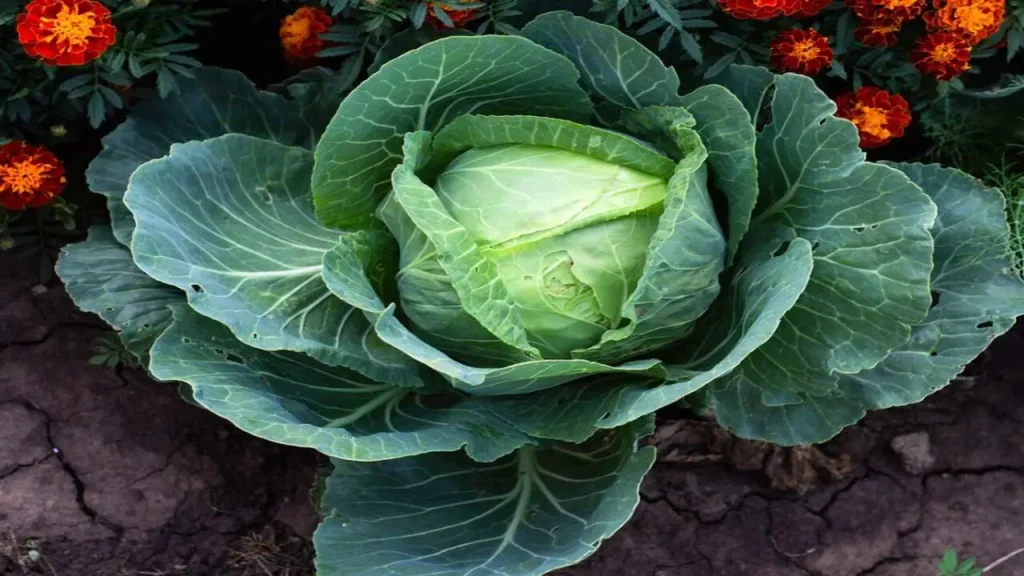
Companion planting maximizes the benefits of growing cabbage, improving overall garden health. Certain plants can deter pests and enhance cabbage growth. By knowing which plants to grow alongside cabbage, gardeners can create a thriving vegetable garden.
Transplanting cabbage and its companions, such as onions, garlic, marigolds, beets, and thyme, is recommended in cooler weather. The aromatic nature of celery, basil, and oregano can mask the cabbage flavor, making it less attractive to insect pests.
Row covers and organic gardening methods can further protect cabbage from slugs and flea beetles. Following a companion planting chart for cabbage can ensure successful growth and reduce the need for chemical pesticides.
The Concept Of Companion Planting
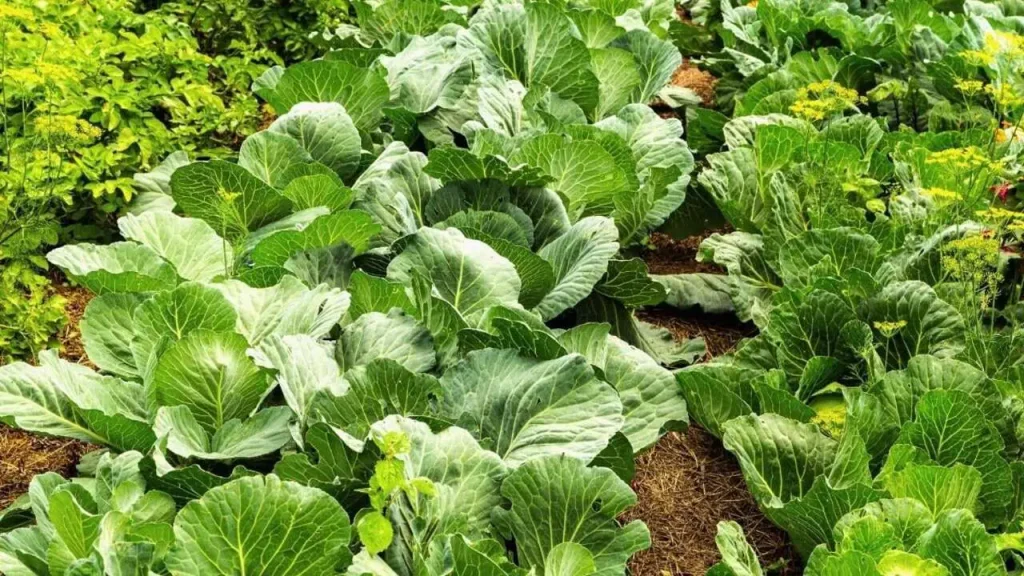
Companion planting is a technique that involves growing compatible plants together. By doing so, gardeners can take advantage of the natural interactions between plants to improve their garden’s health and yield. When it comes to cabbage, combining it with specific companion plants can enhance its growth, flavor, and overall health.
This method not only benefits the cabbage but also helps repel pests and create a more balanced ecosystem in your vegetable garden. Understanding the concept of companion planting is essential for every gardener looking to maximize the potential of their crops.
Why Cabbage Benefits From Companion Planting
Companion planting with cabbage offers several benefits that contribute to a thriving vegetable garden. Certain plants help repel common cabbage pests like aphids and cabbage loopers, while others attract beneficial insects that prey on these pests. Additionally, companion plants provide shade and shelter to cabbage, preventing stress and damage.
Planting herbs near cabbage not only improves its flavor and aroma but also enhances its overall health. Furthermore, cabbage benefits from the extra nutrients provided by companion plants. Incorporating companion planting techniques can greatly enhance the success and health of your cabbage crop.
Best Top 10 Cabbage Companion Plants For A Thriving Garden
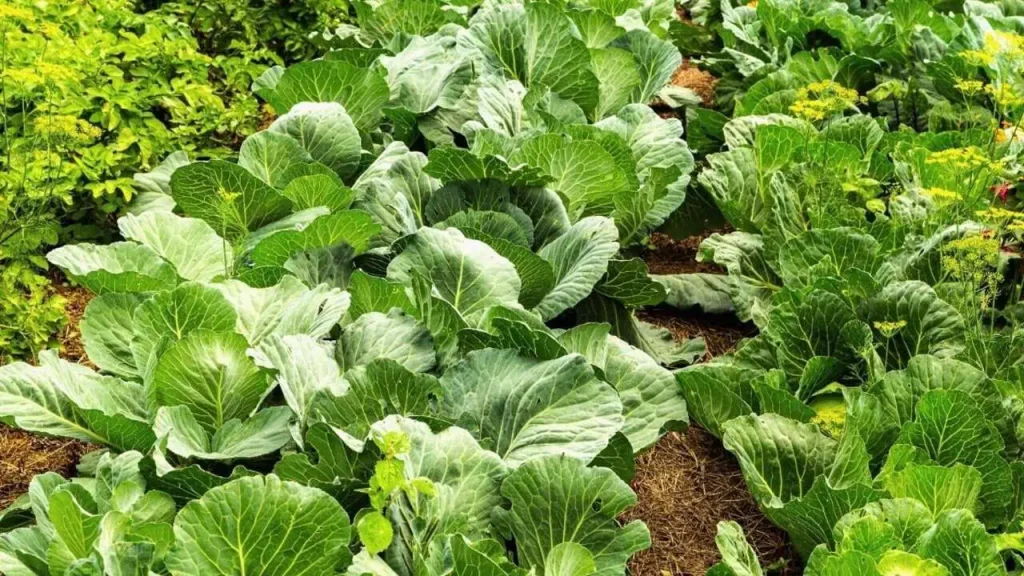
Onions and garlic are excellent companions for cabbage, enhancing flavor and repelling pests. Marigolds help ward off harmful insects and nematodes that target cabbage, while beets deter pests and provide shade. Thyme is a beneficial herb that repels pests and promotes cabbage growth.
These companion plants can improve the health and flavor of your cabbage while creating a diverse and thriving vegetable garden. Utilizing companion planting techniques can help protect your cabbage from insect pests and create a more resilient and organic garden. Here are the best top 10 cabbage companion plants for a Thriving Garden.
1.Onions

Onions, along with other alliums like garlic and shallots, make excellent companion plants for cabbage. They help repel pests such as aphids and cabbage maggots, keeping your cabbage plants healthier.
Additionally, onions improve the quality of the soil by adding organic matter and essential nutrients. By planting onions alongside your cabbage, you not only protect them from harmful insects but also enhance the flavor of your cabbage. Legumes like beans and peas are also beneficial companions as they add nitrogen to the soil, promoting better cabbage growth.
2.Garlic
Garlic, with its natural pest-repellent properties, is an ideal companion plant for cabbage and other vegetables. By planting garlic near cabbage, you can deter pests like aphids, caterpillars, and cabbage moths.
Garlic also has anti-fungal properties that help protect cabbage plants from diseases. For optimal growth and pest prevention, it’s recommended to plant garlic in the fall. Come summer, you’ll not only have a thriving garden but also some delicious garlic to enjoy.
3.Marigold

Marigolds are an excellent choice as a companion plant for cabbage in the garden. They can repel harmful pests like aphids, nematodes, and beetles, which can help protect your cabbage plants. Marigolds also attract beneficial insects, such as ladybugs and lacewings, which feed on pests and contribute to a healthier garden ecosystem.
With their strong scent, marigolds can mask the smell of cabbage, making it more difficult for pests to locate and attack them. Additionally, marigold flowers add a vibrant splash of color to your garden, enhancing its visual appeal.
4.Beets
Companion planting can greatly benefit your cabbage plants in terms of health and yield. Beets make excellent companion plants for cabbage due to their ability to repel harmful pests and attract beneficial insects. Additionally, the deep roots of beets help break up the soil, thereby improving drainage and nutrient absorption for cabbage.
Other recommended companion plants for cabbage include carrots, onions, and herbs like thyme and sage. Incorporating these companion plants into your vegetable garden can contribute to a thriving garden and enhance the overall growth of your cabbage.
5.Thyme
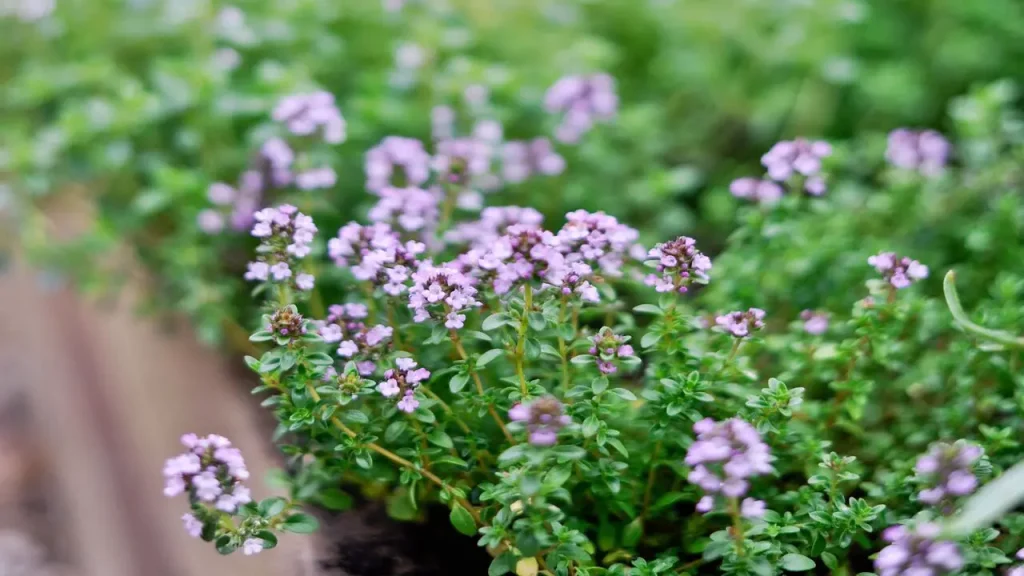
Thyme is an excellent companion plant for cabbage as it repels cabbage worms and enhances the quality of the soil. By incorporating thyme into your vegetable garden, you can improve the overall health and yield of your cabbage plants.
Additionally, onions, garlic, and marigolds are other beneficial companion plants that can further support the growth of cabbage. It’s important to be mindful of potentially harmful plants like strawberries and tomatoes. Choosing the right companion plants can create a more natural and sustainable garden ecosystem.
6.Sage
Sage is an excellent companion plant for cabbage as it repels pests like cabbage moths and aphids. It’s always beneficial to consider companion planting when cultivating your vegetable garden. Other good cabbage companion plants include celery, dill, and chamomile.
Avoid planting cabbage with other brassicas like broccoli or cauliflower, as they attract similar pests and diseases. Intercropping with legumes such as beans or peas can help fix nitrogen in the soil. Remember to rotate your crops each season to maintain soil nutrients.
7.Oregano
Oregano is a wonderful addition to any vegetable garden, especially when it comes to companion planting with cabbage. Not only does oregano enhance the flavor of cabbage dishes, but it also helps repel pests naturally. By planting oregano near cabbage, you can attract beneficial insects that protect your cabbage from pesky pests.
Additionally, the aromatic nature of oregano masks the scent of cabbage, deterring pests even further. With its beautiful blooms, oregano also adds visual interest to your garden.
8.Carrots
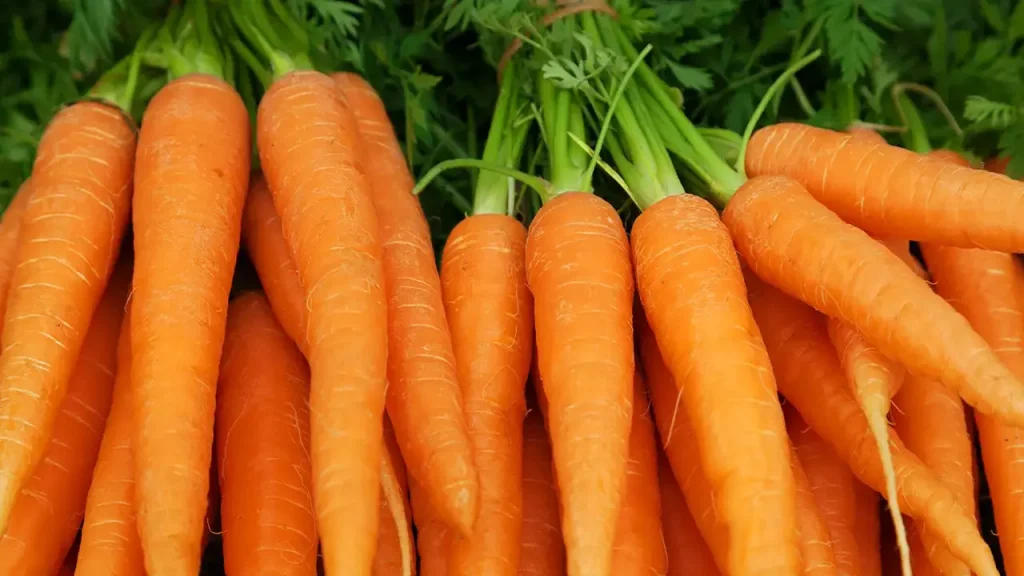
Planting carrots alongside cabbage in the vegetable garden has several benefits. Carrots help loosen the soil around cabbage roots, aiding in nutrient absorption. Additionally, these root vegetables provide natural shade for the shallow-rooted cabbage.
Carrots also attract beneficial insects that prey on cabbage pests, making them a valuable companion. Moreover, the contrasting growth habits of carrots and cabbage ensure efficient use of garden space. This combination not only enhances the aesthetic appeal of the garden but also promotes a healthy and thriving organic garden.
9.Spinach
Spinach, when planted alongside cabbage, acts as a living mulch by shading the soil and conserving moisture. This dense canopy created by spinach reduces weed growth in the vegetable garden.
Additionally, spinach is known to deter common pests that attack cabbage plants. Its deep root system improves soil structure and nutrient availability for the cabbage. Furthermore, the harvest time of spinach aligns well with the growing season of cabbage, making it a beneficial companion in the garden.
10.Beans
Beans are a fantastic companion plant for cabbage in the vegetable garden. They not only provide natural nitrogen enrichment to the soil, promoting healthy cabbage growth, but they also help repel pests and deter diseases. Additionally, the climbing habit of beans offers much-needed shade for cabbage during hot summer months.
With similar water and sunlight requirements, beans and cabbage make compatible companions. Planting beans alongside cabbage creates a visually appealing and productive garden bed, making it a winning combination for any gardener.
Benefits Of Each Selected Companion Plant
Companion plants enhance cabbage flavor and growth, reducing the need for pesticides in the garden. They attract beneficial insects that protect cabbage from pests and create a biodiverse environment for overall garden health.
Planting companions maximize garden space and yield. Spinach acts as a living mulch, shading the soil and deterring pests. Beans provide natural nitrogen enrichment, repel pests, and create visually appealing beds. These selected companion plants contribute to a thriving garden.
How Onions Enhance Cabbage Growth
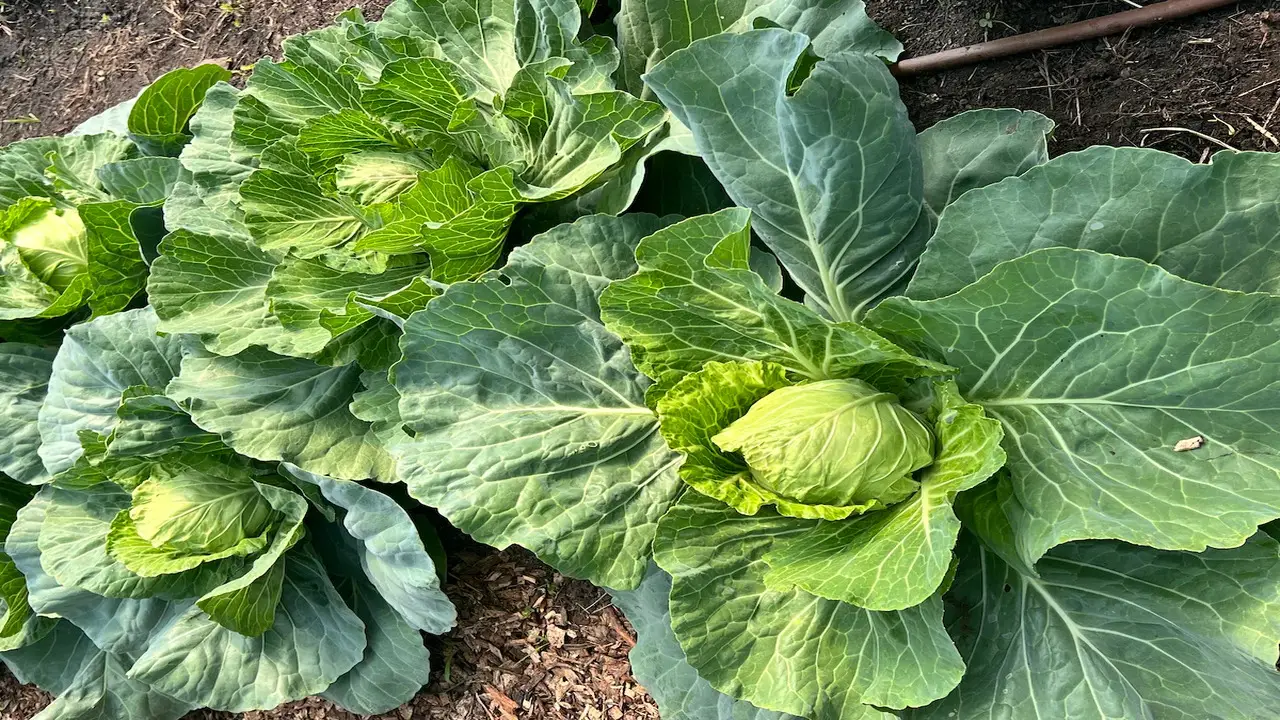
Onions play a crucial role in enhancing cabbage growth in the garden. Their strong scent acts as a natural deterrent to pests that commonly target cabbage plants, such as flea beetles and slugs. Onions also provide a natural disease resistance to cabbage, helping to keep it healthy and thriving.
Additionally, the root system of onions improves the soil structure, creating a favorable environment for cabbage roots. Both onions and cabbage benefit from shared sunlight and nutrients, making them excellent companions in the vegetable garden.
Advantages Of Planting Garlic With Cabbage
Planting garlic with cabbage offers several advantages in a vegetable garden. Garlic acts as a natural pest repellent, keeping away insect pests like flea beetles and slugs that can damage cabbage plants. Its pungent aroma confuses and deters these pests, protecting the cabbage.
Garlic’s anti-fungal properties also help prevent diseases from affecting the cabbage. Additionally, garlic and cabbage thrive in similar growing conditions, making them compatible companions. This means they can easily be planted together, maximizing the space in the garden and creating a healthy and organic environment.
The Role Of Marigold In Cabbage Planting
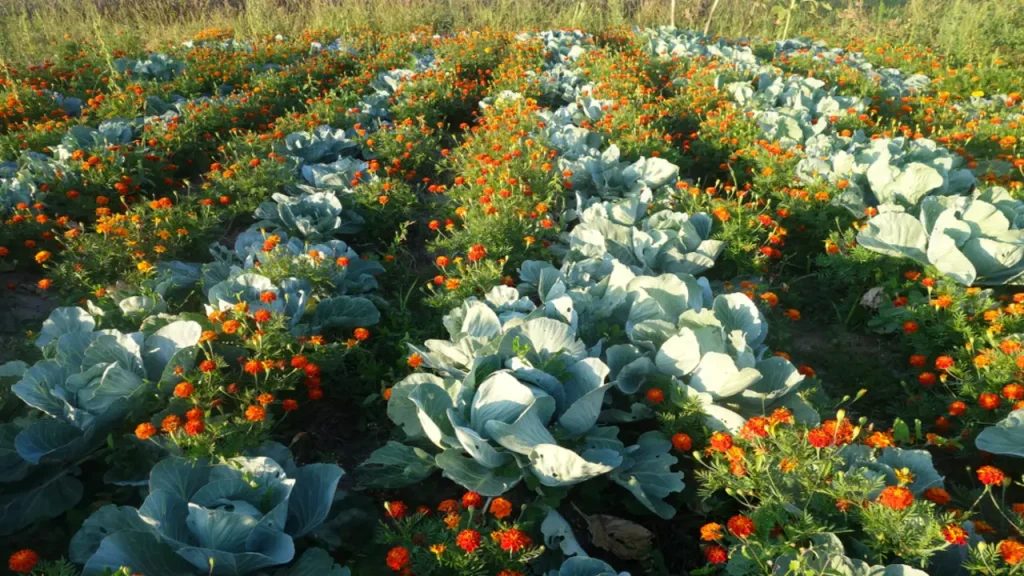
Marigolds play a crucial role in cabbage planting. These flowers attract beneficial insects that prey on cabbage pests, acting as a natural form of pest control. Additionally, planting marigolds around cabbage creates a visual barrier that deters pests from reaching the plants.
Marigolds also release natural compounds that repel harmful nematodes, protecting the cabbage roots. Furthermore, the vibrant blooms of marigolds add beauty and color to the cabbage patch, enhancing the overall aesthetic appeal. Lastly, marigolds improve soil fertility and health, creating a favorable environment for cabbage growth.
Why Beets Make Good Companions For Cabbage
Beets and cabbage make excellent companions in the vegetable garden. When planted together, beets help suppress weeds, thanks to their dense foliage. Additionally, the deep taproot of beets improves soil aeration and nutrient availability for cabbage, enhancing its growth.
Both beets and cabbage have similar moisture requirements, reducing competition for water. The shade provided by beet leaves protects cabbage from intense sunlight, preventing wilting or damage. Furthermore, the staggered harvest time of beets and cabbage allows for efficient use of garden space. Their harmonious relationship in the garden benefits both plants.
What Not To Plant With Cabbage
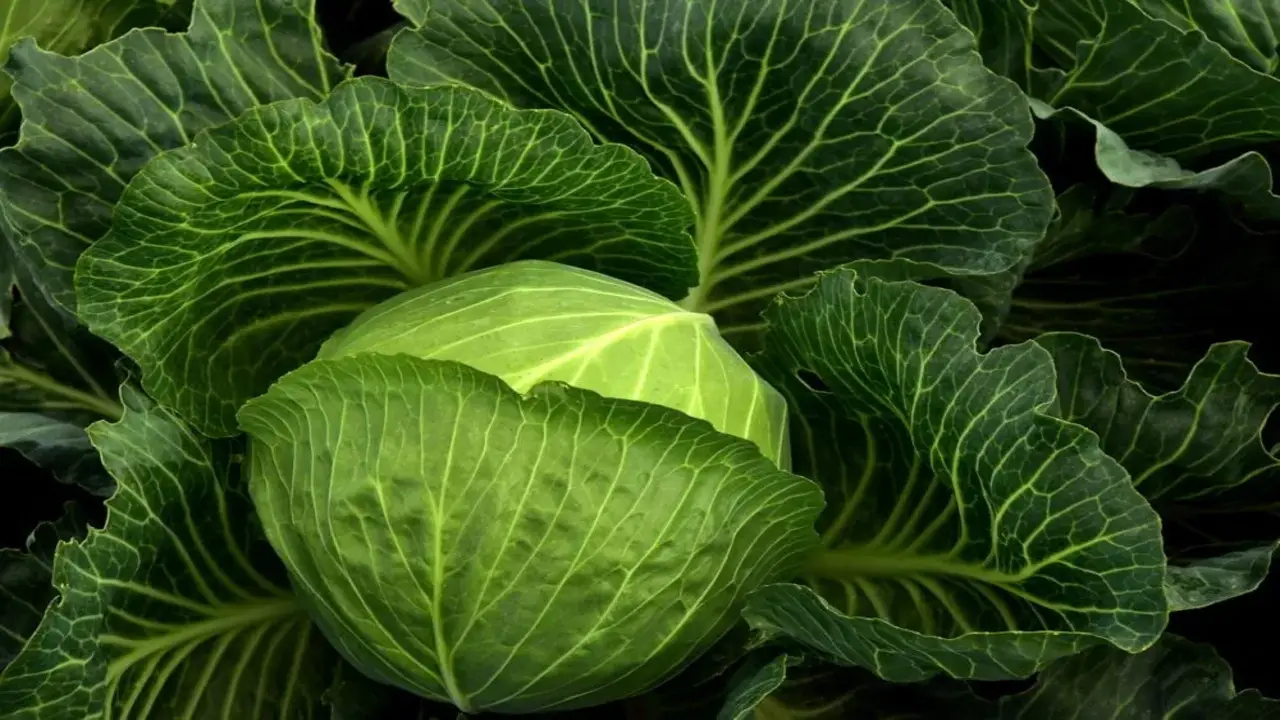
When planning your vegetable garden, it’s important to know what not to plant with cabbage to ensure a thriving garden. Avoid planting cabbage near strawberries, as they are heavy feeders and compete for nutrients. Keep cabbage and pole beans separate, as they have different growth habits.
Cabbage and mint should not be planted together, as mint can become invasive and outcompete cabbage. Additionally, it’s best to keep cabbage away from radishes, as they attract cabbage maggots. Lastly, avoid planting cabbage near celery, as both are heavy feeders and may deplete soil nutrients.
Trying Out Your Own Cabbage Companion Planting
Maximize the growth of your cabbage by mixing and matching different companion plants. Experiment with various combinations to find what works best in your vegetable garden. Planting companions alongside your cabbage can enhance its health and resistance to insect pests like flea beetles and slugs.
It also helps create a diverse ecosystem in your garden, improving soil fertility. Take advantage of the aromatic nature of celery, basil, and calendula to repel pests. Remember to consult a companion planting chart for a list of cabbage companion plants.
How Can Companion Planting Contribute To A Thriving Garden?
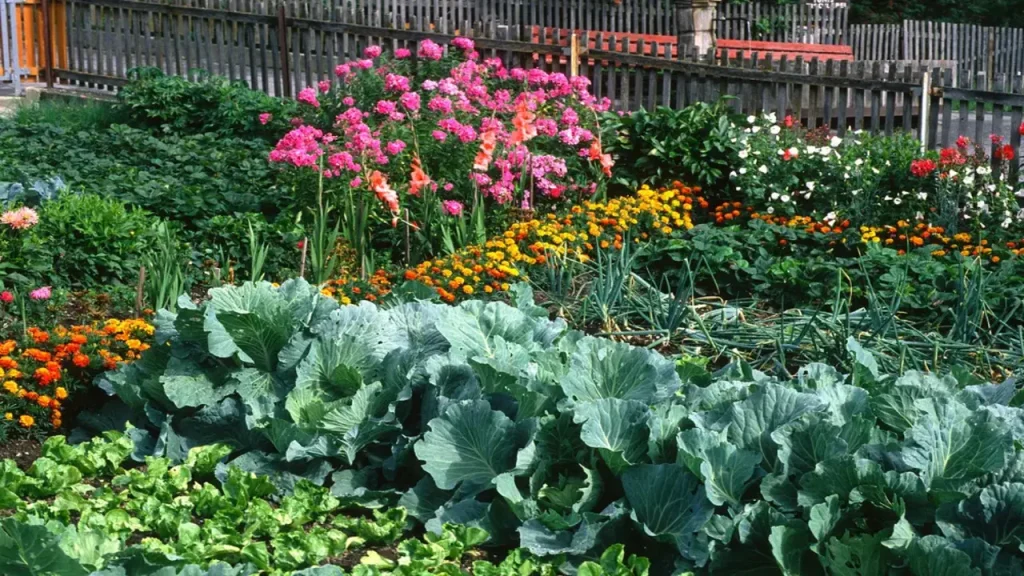
Companion planting is an effective strategy that can contribute to a thriving garden, especially when it comes to growing cabbage. Cabbage companion plants can provide a range of benefits, including natural pest control, improved soil health, and increased pollination.
For example, planting aromatic herbs like thyme or sage near cabbage can help repel pests such as cabbage moths or aphids. Additionally, intercropping cabbage with nitrogen-fixing plants like beans or peas can enhance soil fertility and nutrient availability. Finally, attracting pollinators with companion flowers like marigolds or nasturtiums can increase the chances of successful cabbage pollination and subsequent yield.
Conclusion
Choosing the right companion plants for your cabbage can greatly contribute to the success of your garden. By understanding the concept of companion planting and the specific benefits each plant brings, you can create a thriving environment for your cabbage to grow.
Onions, garlic, marigolds, beets, thyme, sage, oregano, carrots, spinach, and beans are all excellent choices to plant alongside cabbage. Each of these plants provides unique advantages, such as deterring pests, improving soil quality, and enhancing growth.
However, it’s important to note that certain plants should not be planted with cabbage due to negative interactions. Experiment with different combinations and observe the positive impact companion planting can have on your garden. We hope you know cabbage companion plants.
Frequently Asked Questions
1.What Should You Not Plant Next To Cabbage?
Ans: Avoid planting cabbage near other members of the brassica family, like broccoli or cauliflower. Also, keep it away from strawberries, tomatoes, and pole beans. Aromatic herbs such as mint and sage should not be planted near cabbage either. Instead, consider companion plants like carrots or celery to repel pests and promote growth.
2.What Are The Best Companion Plants For Cabbage?
Ans: Companion plants like celery, chamomile, and dill are great choices for cabbage. Marigolds and thyme can also help repel pests that may harm cabbage. Avoid planting cabbage near other brassicas like broccoli or cauliflower. Herbs like sage and rosemary can benefit the growth of cabbage as well.
3.What Vegetables Can Cabbage Be Planted Together?
Ans: Cabbage thrives when planted with other brassicas like broccoli, cauliflower, and kale. It also grows well alongside cool-season crops such as carrots, lettuce, and spinach. However, it’s best to avoid planting cabbage with members of the onion family, like garlic or onions. Adding herbs like thyme or chamomile can help repel pests and improve soil health.
4.Can You Plant Cabbage Close Together?
Ans: Yes, cabbage can be planted close together, but it’s important to give them enough space to grow. The recommended spacing for cabbage plants is around 18-24 inches apart. Planting cabbage with companion plants like celery, carrots, or onions can help improve growth and deter pests.
5.What Are Some Good Companion Plants For Cabbage?
Ans: Some excellent companion plants for cabbage include celery, dill, chamomile, and marigolds. Incorporating herbs like thyme and sage can also help deter pests that commonly attack cabbage. Avoid planting cabbage near other brassica family vegetables like broccoli or cauliflower. Companion planting can greatly enhance the growth and health of your cabbage plants while reducing pest problems.

